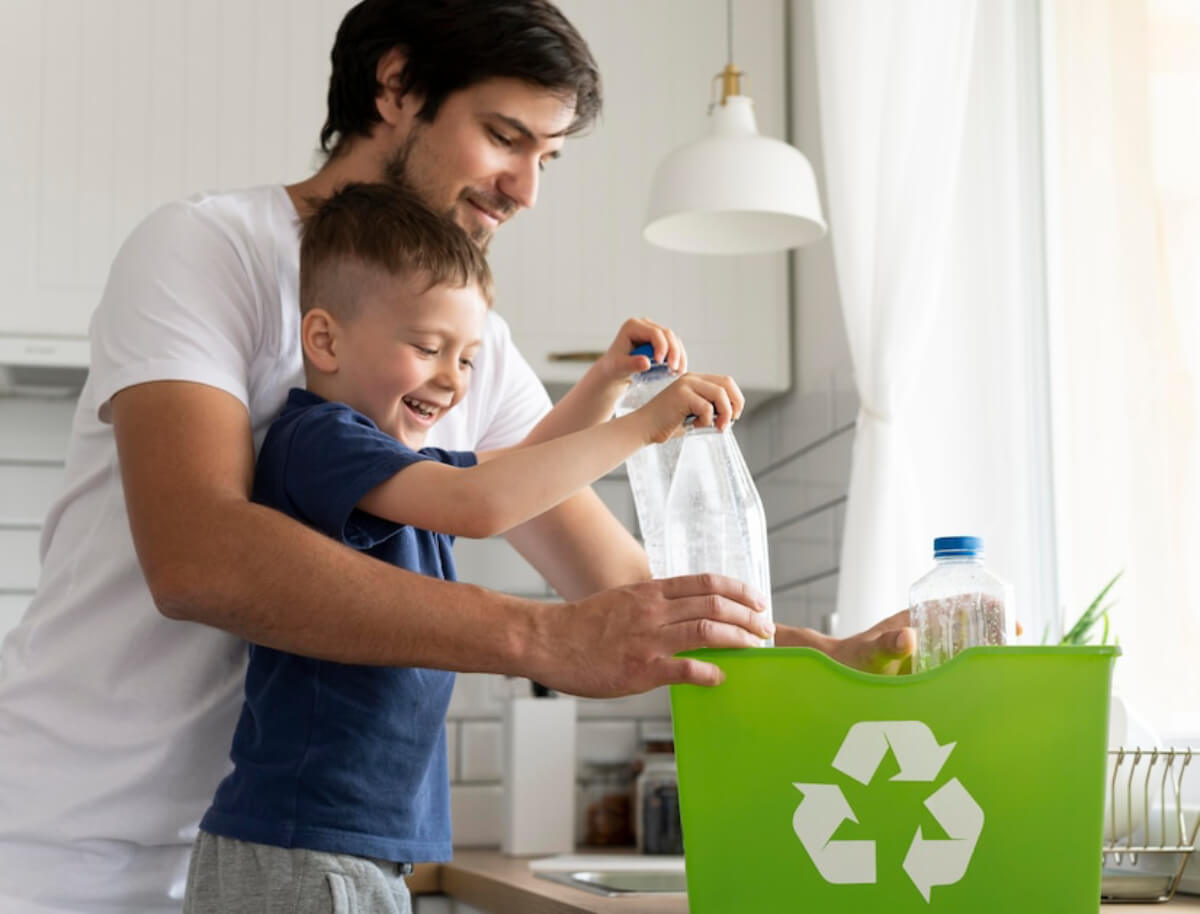Household recycling in Australia is a crucial part of preserving natural resources and protecting the environment. It's a way to reduce the amount of waste that goes to landfills, conserve energy and decrease the need for extracting new raw materials. Here, we will discuss in-depth the various pointers related to household recycling in Australia to help you understand the process better and contribute to a more sustainable future. Also, it will help you understand the recycling process and how to plan your skip bin hire.
Keep recycling loose (not in bags)
One of the most important things to keep in mind when recycling is to ensure that the items are loose and not placed in bags. This is because bags can get tangled in the machinery used for sorting and processing recyclable materials, causing delays and damage. To avoid this, it's best to recycle items loose and rinse them to remove any food or liquid residue, which can attract pests and make the materials less desirable for recycling.
Ensure that e-waste is dropped off at the correct drop-off points
Another important aspect of household recycling in Australia is the proper disposal of e-waste or electronic waste. E-waste includes items such as computers, televisions, and mobile phones, and it's crucial to ensure that these items are dropped off at the correct drop-off points. Many local councils and e-waste recycling companies offer special collection services for e-waste, so be sure to check with your local authorities for more information. Failure to properly dispose of e-waste can lead to environmental hazards and health risks, so it's essential to take the necessary steps to dispose of e-waste correctly.
Understand the packaging symbols
When it comes to packaging symbols, it's essential to understand the recycling symbol, the plastics identification code, and the Australian recycling label. The recycling symbol, a triangle made up of arrows, indicates that the packaging can be recycled. The plastics identification code, which is a number enclosed in a triangle, indicates the type of plastic used in the packaging. The Australian recycling label, which is a kangaroo enclosed in a triangle, means that the packaging has been designed and produced to be recyclable. These symbols are present on almost all packaging materials, and it's important to be aware of them so that you can recycle the materials correctly.
Understand where recycled items go and how they're processed
Another important aspect of recycling is understanding where recycled items go and how they're processed. In Australia, recycled materials are collected and sorted at materials recovery facilities (MRFs). These facilities use a combination of manual labor and machinery to sort materials by types, such as glass, paper, and plastics. Once sorted, the materials are sent to processing facilities where they are cleaned, processed, and turned into new products. Knowing about the recycling process will help you understand the impact of your recycling efforts and motivate you to recycle more.
Not all Materials can be recycled locally
It's essential to know what materials can and cannot be recycled in your local area. Not all materials can be recycled, and some may even be considered contaminants if placed in the recycling bin. It's a good idea to check with your local council or recycling facility for a list of accepted materials and to ensure that you are not mixing recyclable materials with non-recyclable materials.
Consume responsibly
Another important point is to reduce the amount of waste you produce in the first place. By being mindful of your consumption, you can reduce the amount of waste you produce and save money. Simple steps like using reusable bags, bottles, and containers and opting for products with minimal packaging can make a big difference.
Household recycling in Australia is a vital aspect of protecting the environment and preserving natural resources. By recycling, we can reduce the amount of waste that goes to landfills, conserve energy, and decrease the need to extract new raw materials. To ensure that your recycling efforts are effective, it's important to recycle items loose and not in bags, properly dispose of e-waste, understand packaging symbols, and know where and how recycled materials are processed. By following these guidelines, we can all play a part in making Australia a more sustainable place to live.







Follow us